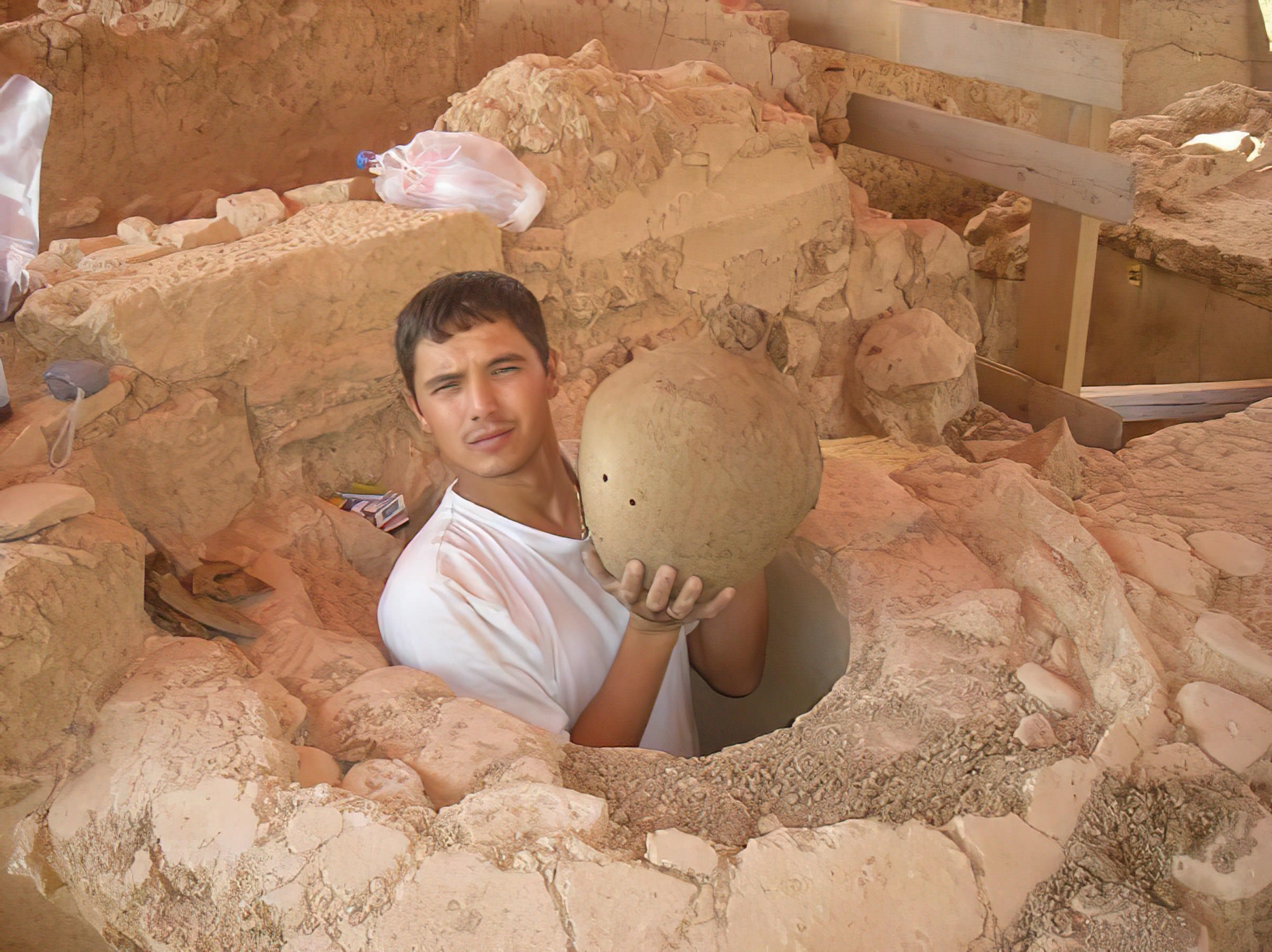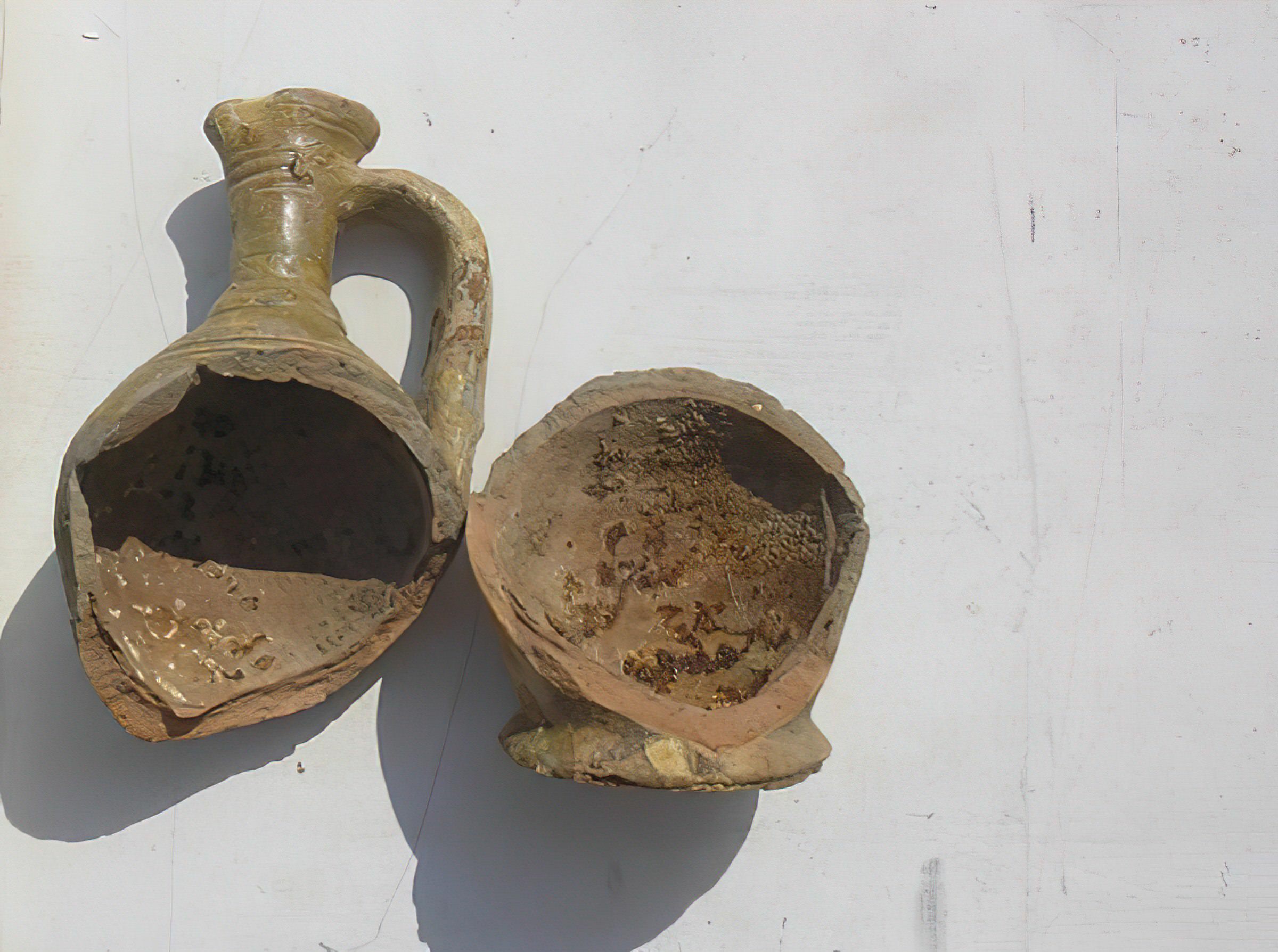Μedieval Wine Press
The Area and Excavation Research
In the summer of 2007, in the areas of the FHW’s cultural centre Hellenic Cosmos, archaeologists unearthed important antiquities that contribute significantly to the study of Attica in the Byzantine and the post Byzantine period.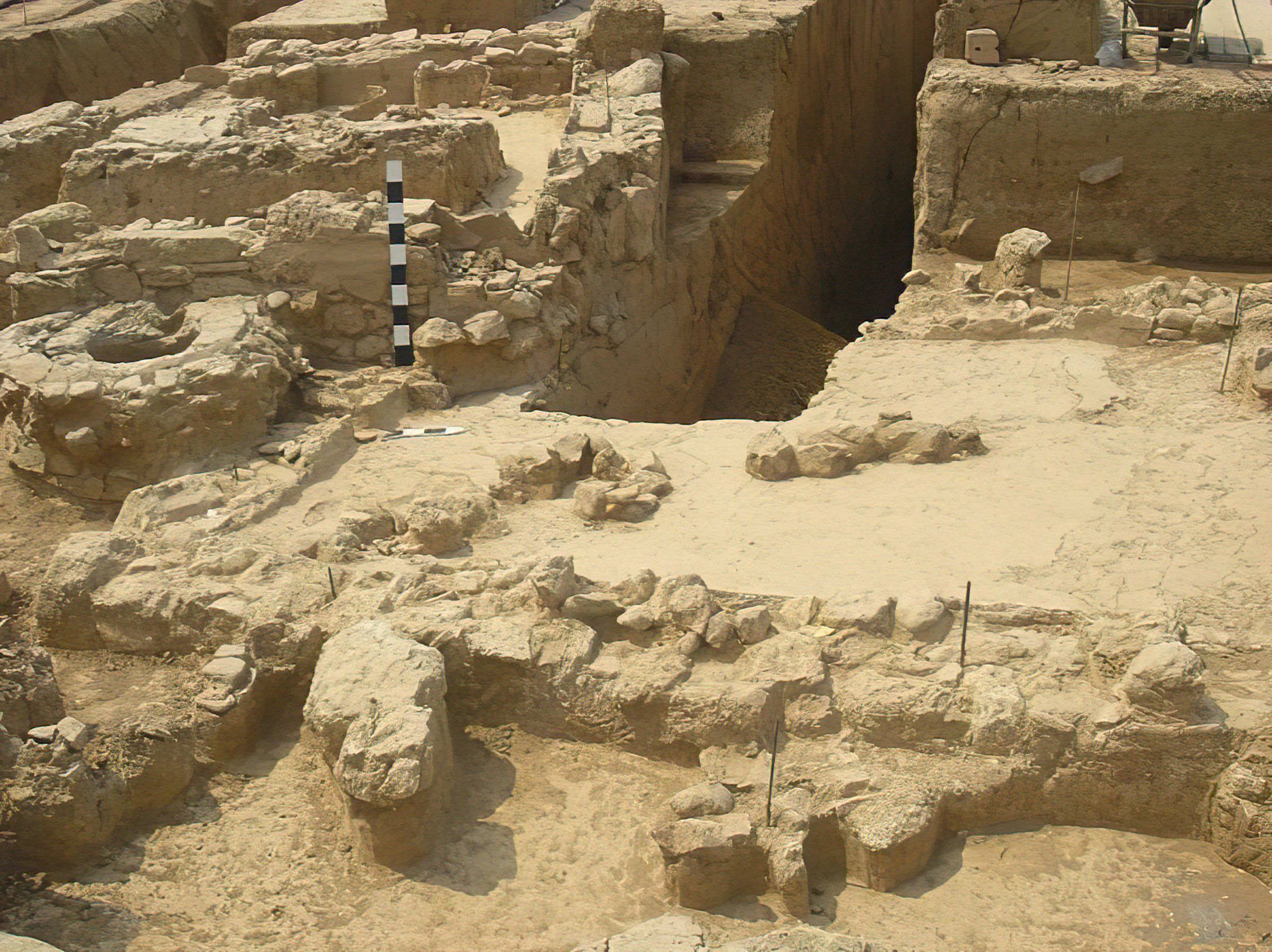
The area of the excavation is on the property of the Foundation of the Hellenic World, on 254 Pireos street, behind the Athens School of Fine Arts. Significant antiquities were unearthed during the works for the construction of the new facilities of Hellenic Cosmos.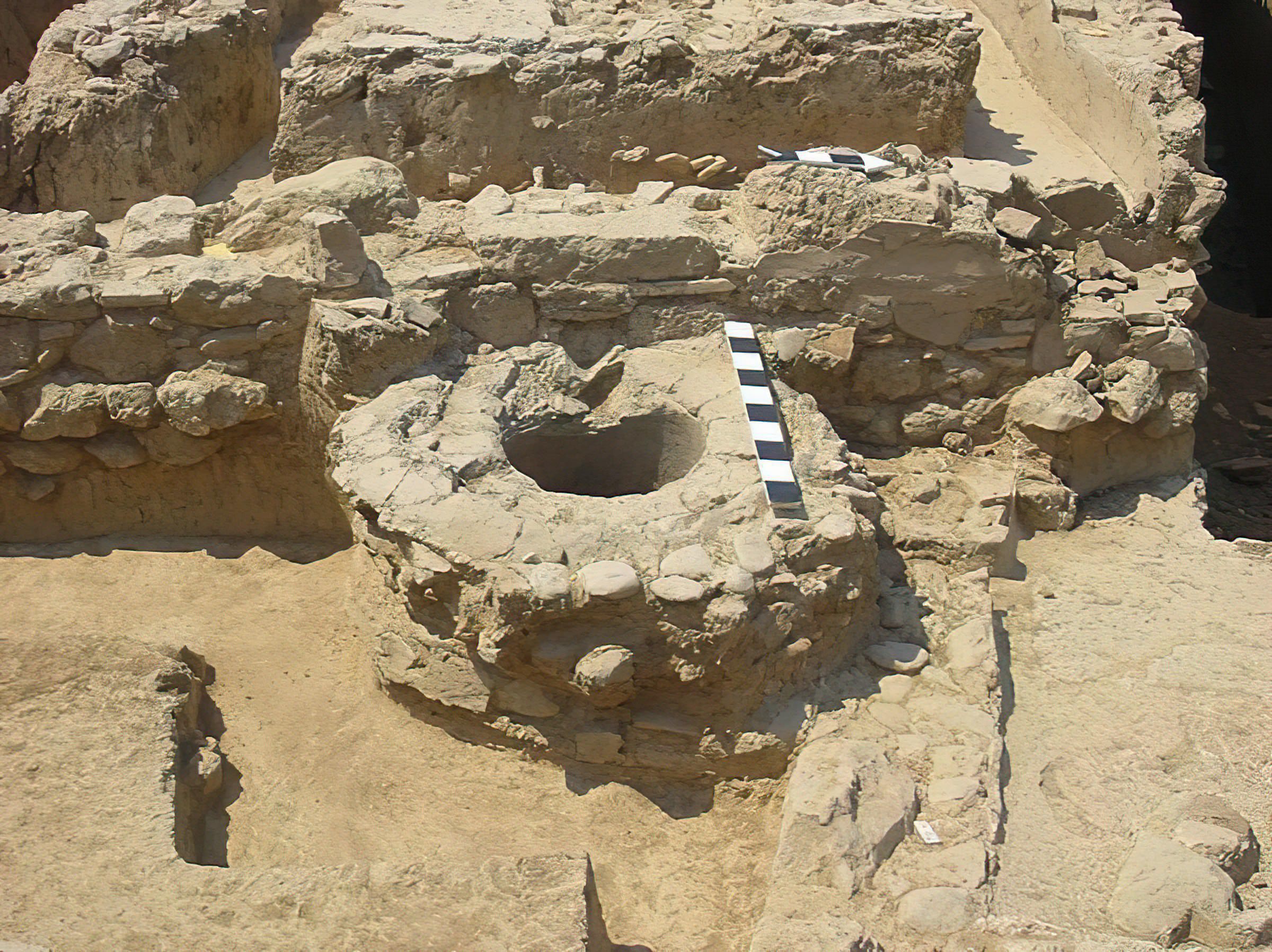
The excavation researches were conducted initially by the 16th Ephorate of Prehistoric and Classical Antiquities and then by the 1st Ephorate of Byzantine Antiquities. Thanks to the intense efforts of the Archaeological Service and the unconditional and direct assistance by FHW, the excavations were completed in short time and with remarkable diligence.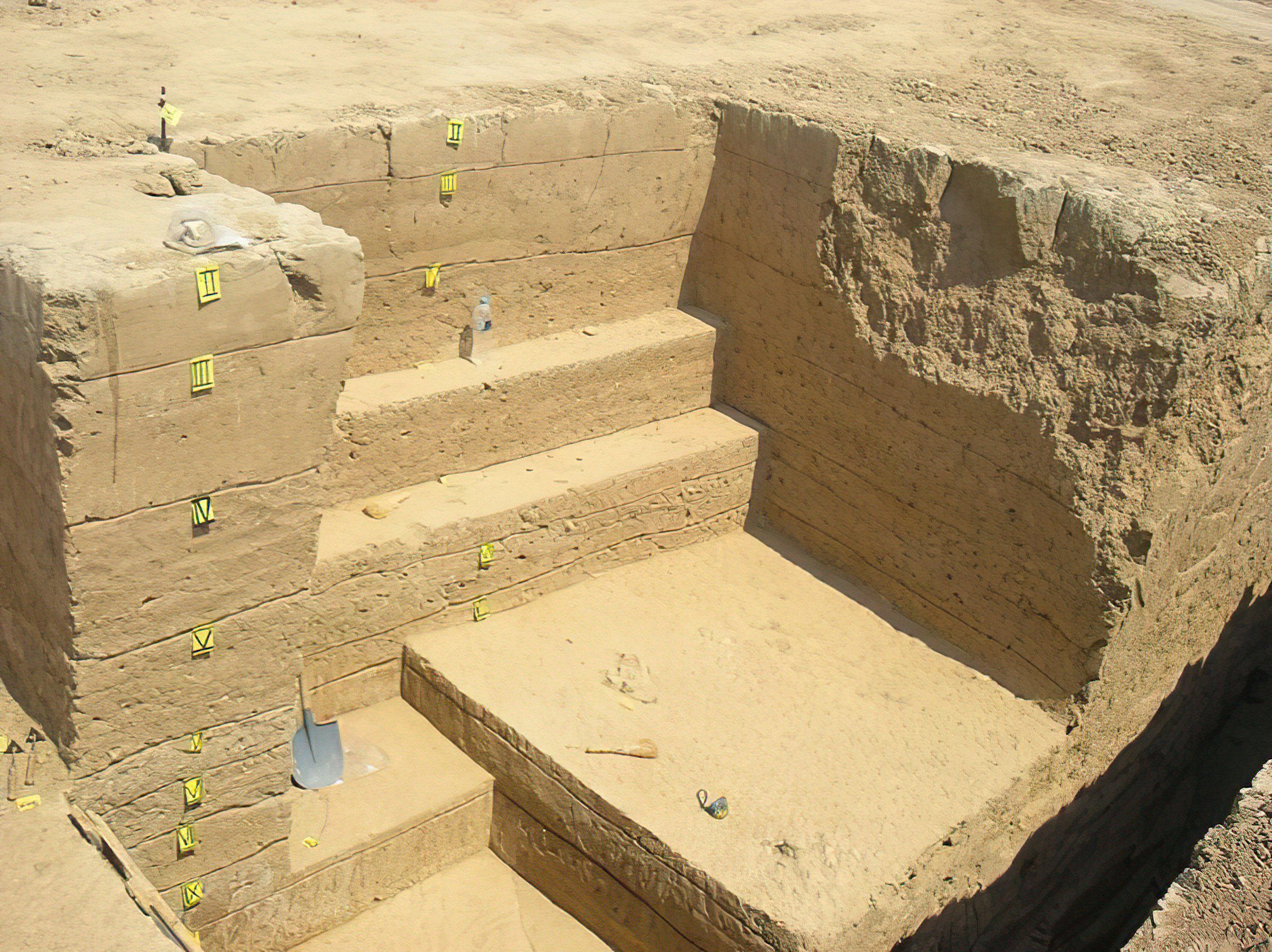
The Findings
Eight walls were found that defined two square areas, with good quality plaster on the interior surface of walls and the floor. Area II partly overlaps area I on its northeastern part. At that point a cistern was discovered, constructed in the shape of a pithos, with diameter of 1,35 m. maximum, a mouth of 0,55 m. and 1,95 m. deep. The cistern communicated with the two areas through canals of triangular cross section, approximately 0,20 m. wide and has good quality plaster on its interior surface. The bottom of the cistern creates a small cavity with a cornice approximately 0,15 m. wide. Three carelessly constructed walls have been revealed to the east of the two areas.
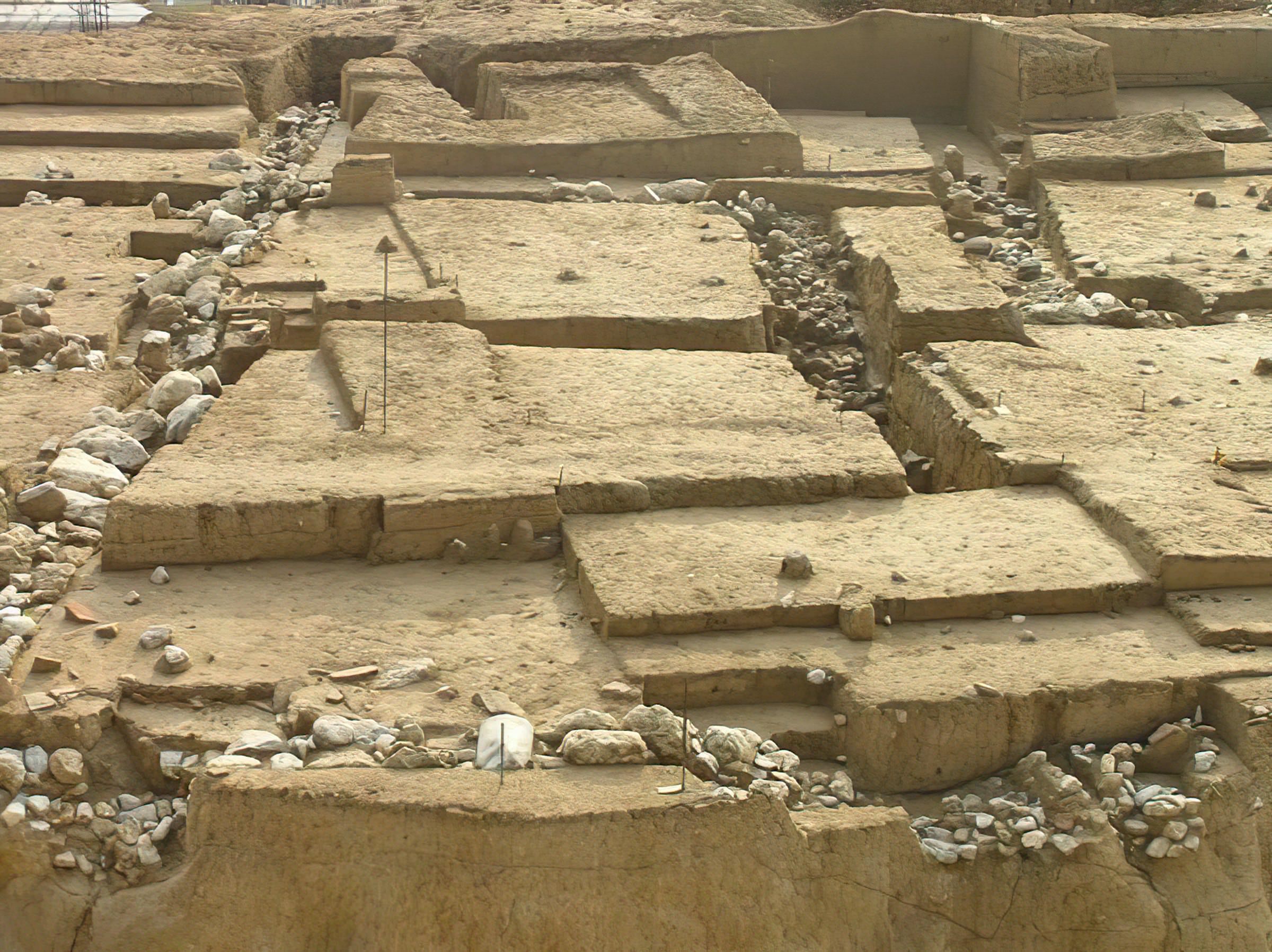
A significant amount of pottery dated to the Late Classical / Hellenistic Period was found in the area (mainly small fragments of black glazed pottery), as well as a large quantity of Byzantine glazed pottery (with burnished polychrome and monochrome ware) and kitchen ware of the Middle and Late Byzantine Period (11th-14th century). The intact vases found in the cistern were of particular importance. All in all, we cannot distinguish a clear stratigraphy in the excavation area, since the pottery sherds appear to be disturbed. On the upper strata we detect traces and findings of the Post-Byzantine Period (15th-17th century).
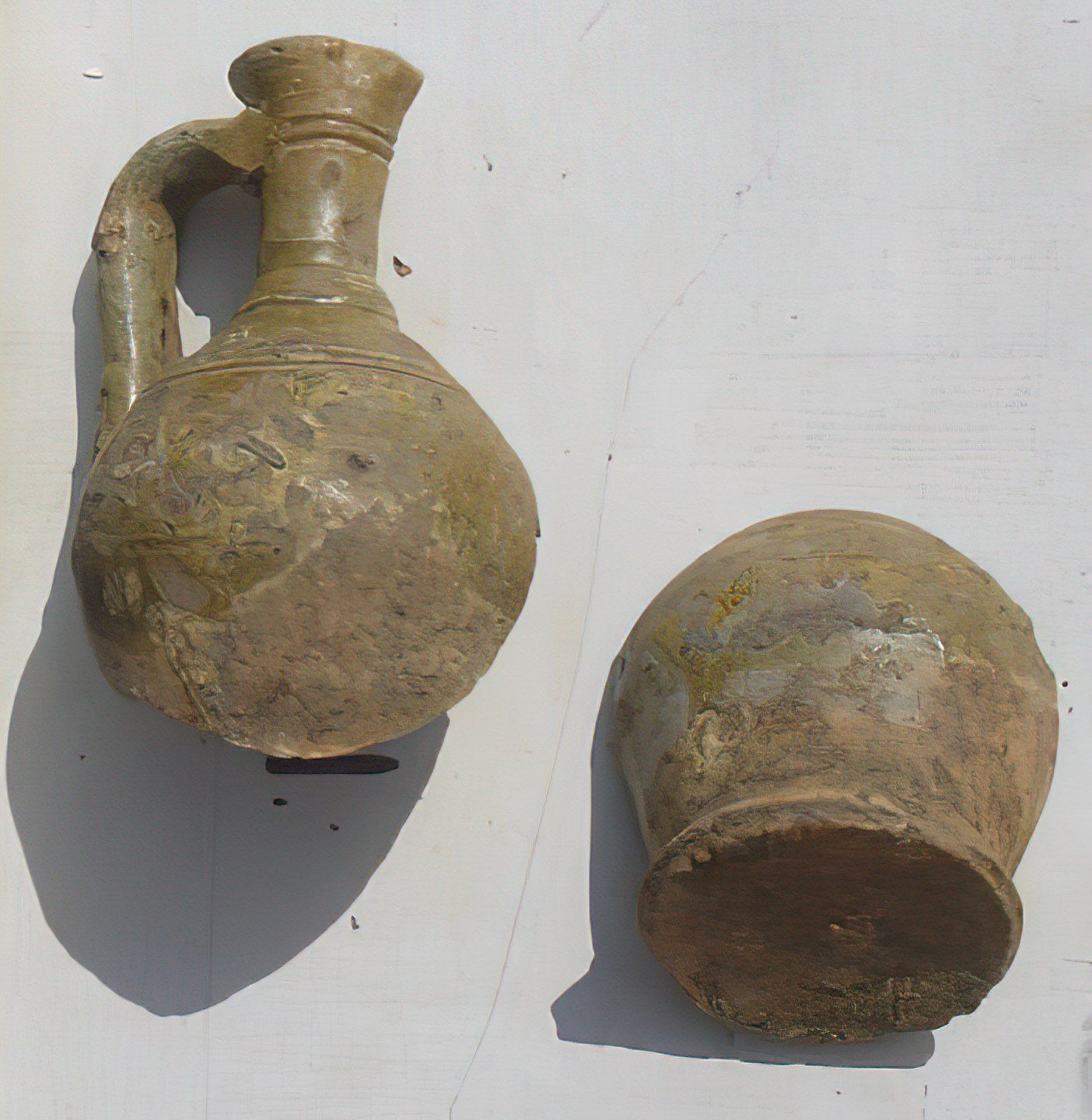
Evaluation
During the excavations it was evaluated that this was a workshop for the production and storage of food. Based on the findings it was interpreted as a wine press, with two areas for pressing grapes ("lenos") and a cistern ("hupolenion" a wine-vat), where must was collected. The two lenoi were used successively.
This was a complex workshop area, which was most probably used during the 11th-13th/14th century, while there are elements to suggest a later use, during the Middle Byzantine Period.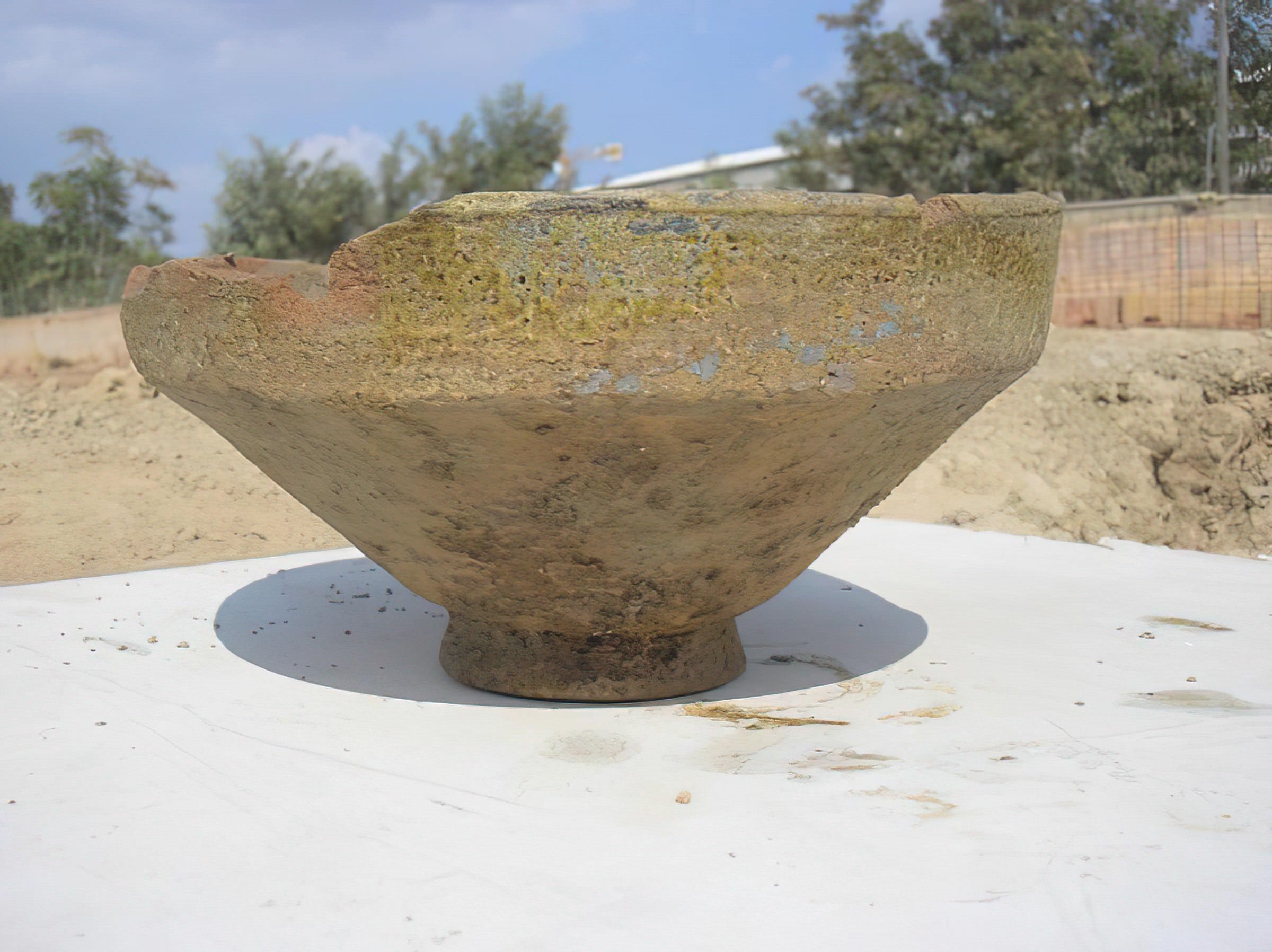
The morphology and variety of the findings, pottery in particular, as well as the morphology of the construction, lead us to the conclusion that the wine press is an important monument that should be systematically studied and methodologically evaluated.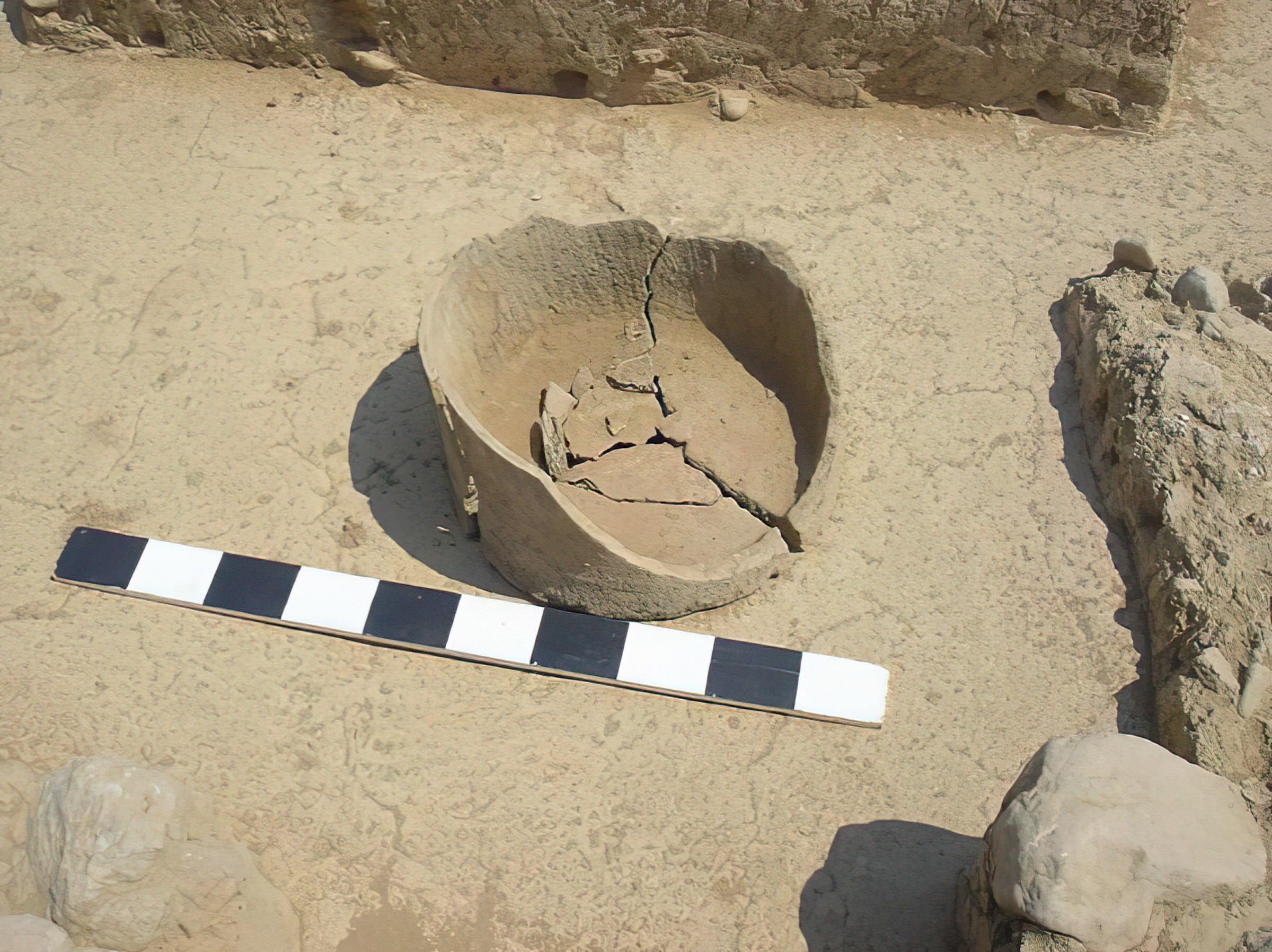
We will be able to answer these questions regarding the exact date of the construction and the various stages of its use and operation after a careful examination of the findings.
FHW is going to spent a significant amount of money for the maintenance on the spot, preservation and promotion of the wine press.